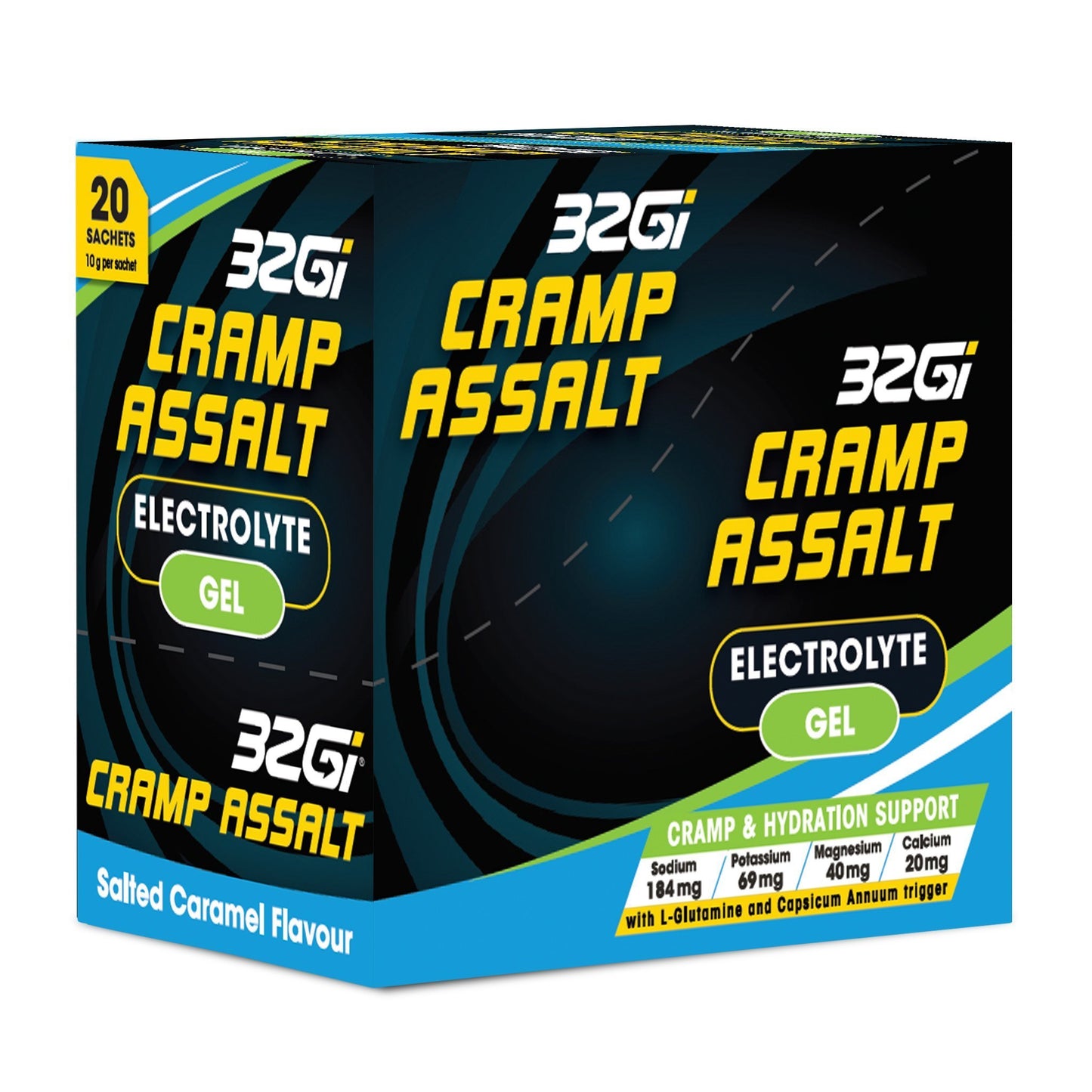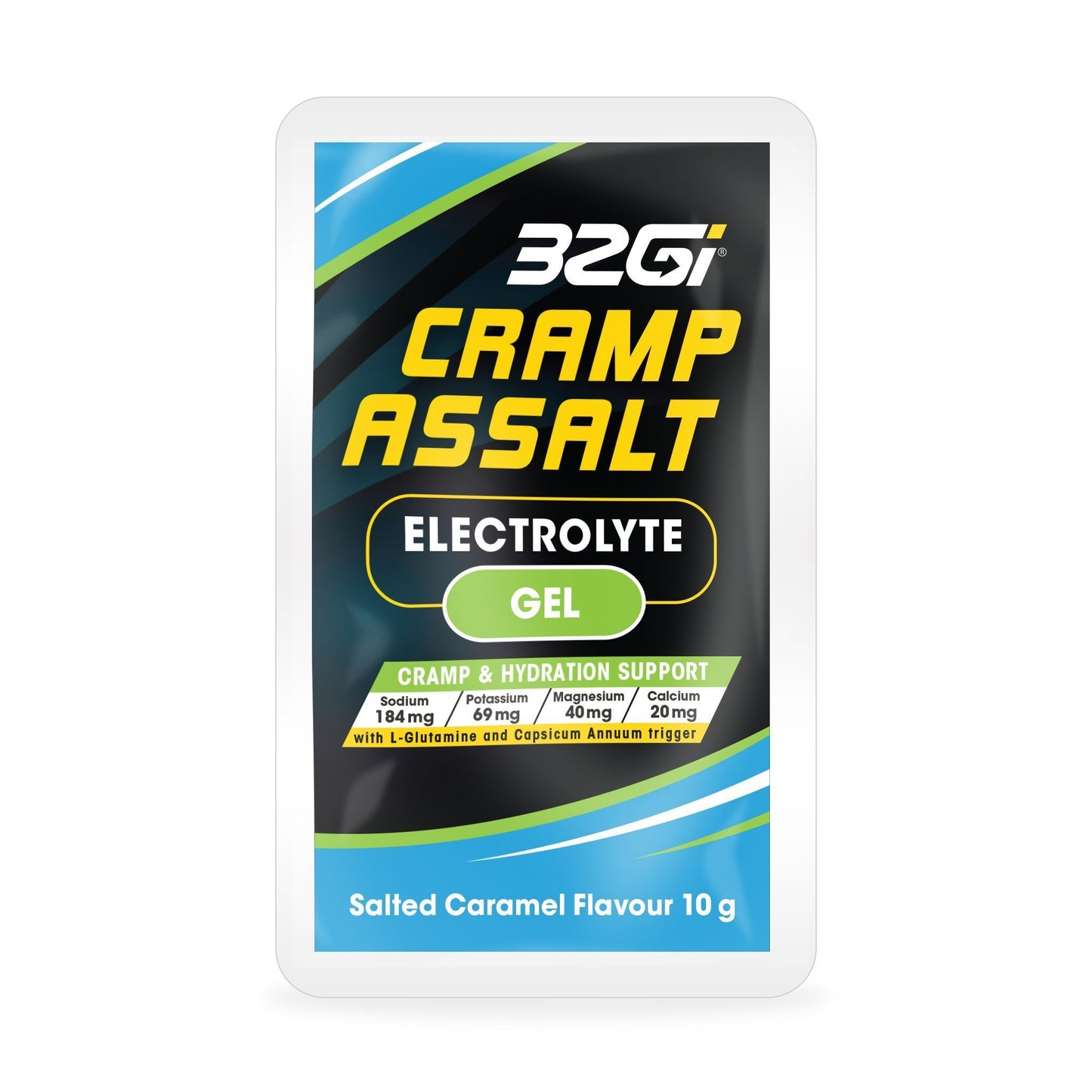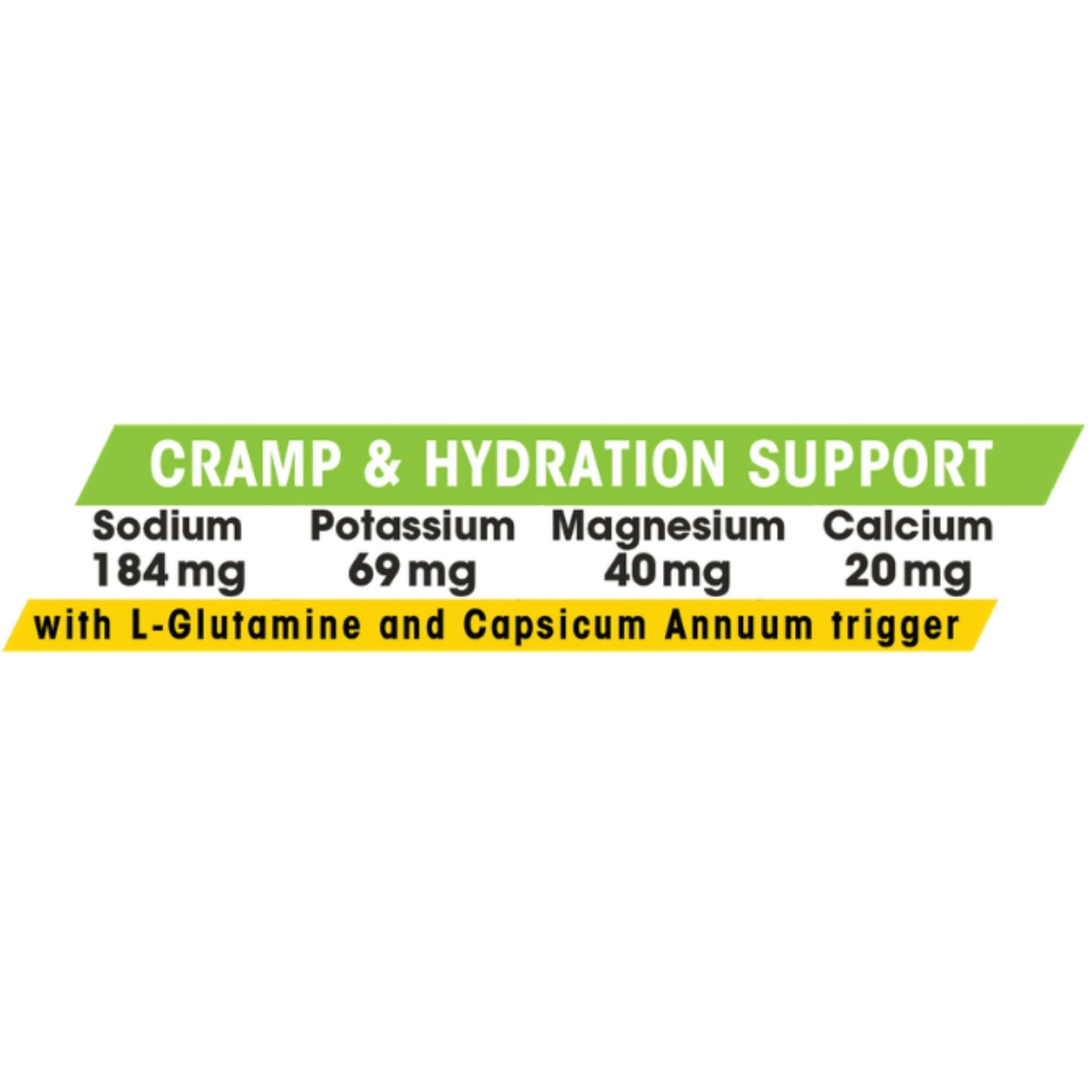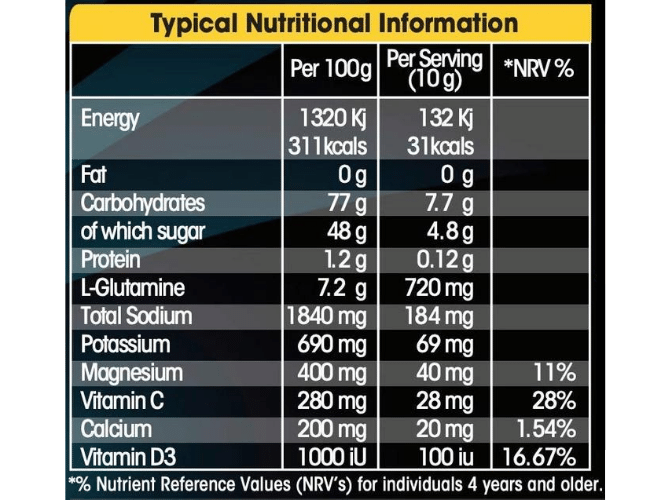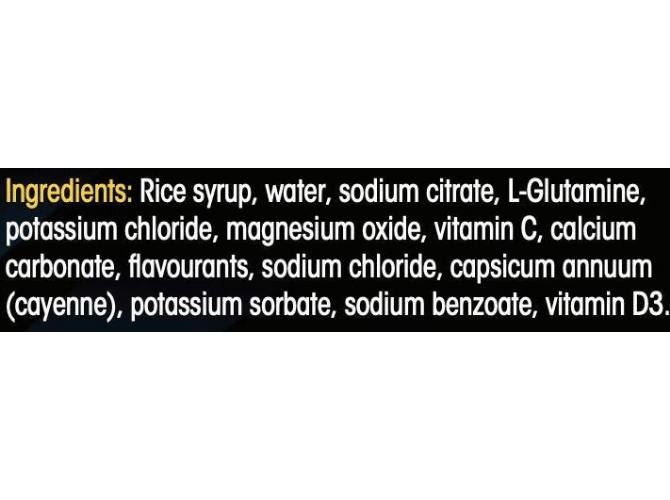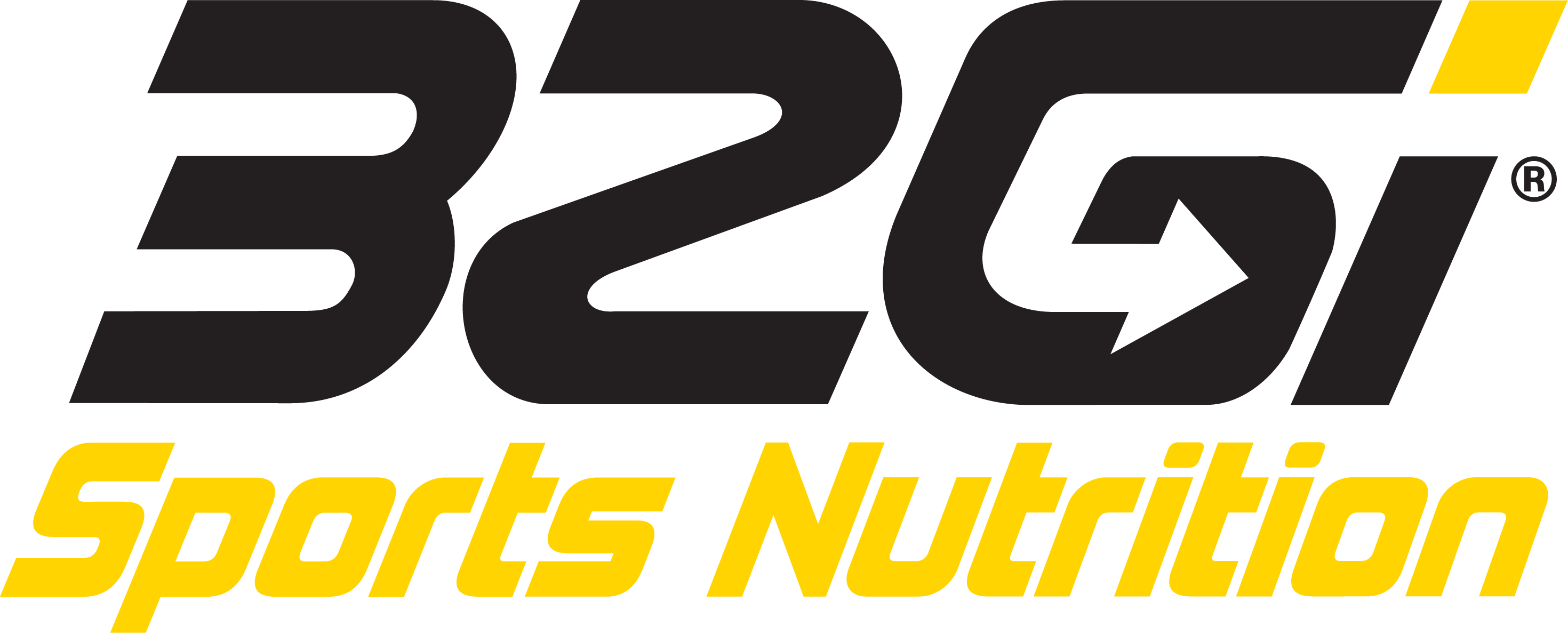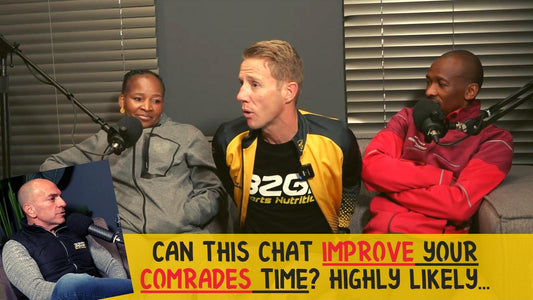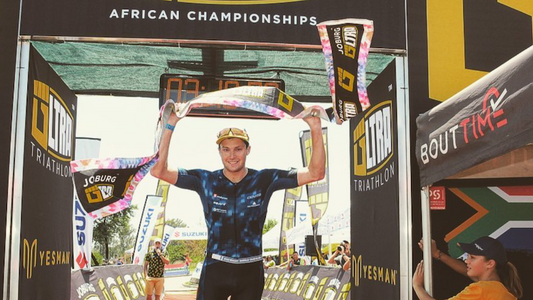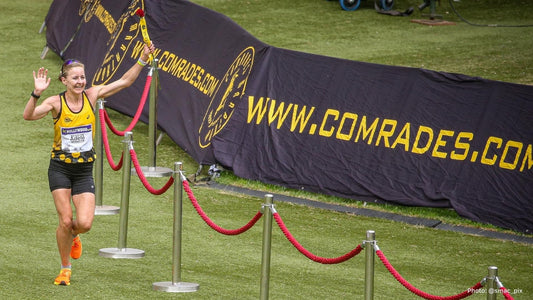So, let's talk about energy verse hydration. One of the biggest mistakes that athletes make is combining the two together, which will just set you up for failure. When it comes to a race day nutrition plan, you need to separate out the two.
So, when it comes to hydration, I think one of the most important things to understand is that it's going to vary from individual to individual. We all have varying rates of fluid loss, and mainly that's in the form of sweat during exercise. Then we need to take into account temperature conditions. So, when it comes to temperature, we're looking at whether a hot environment, a humid environment, will obviously trigger more food loss during exercise.
Then there's the duration of the session, and the intensity of the session. Obviously, the longer the session and the more intense the session, the greater the fluid loss. All this needs to be taken into account when it comes to taking hydration into consideration.
How do you know how much fluid you lose during exercise?
There's a number of ways that this can be determined. One, you could go for a more expensive sweat test, and they can calculate what your food loss is. The other thing you can do is, you can actually weigh yourself before and after training session. And you can see, based on weight loss, what that fluid loss actually is.
For example, if you lose one kilogram of weight before and after a session, then that one kilogram would equate to a litre of fluid. To maintain proper hydration levels, we're trying to replenish around up to 80% of fluid loss. And that isn't as easy as it sounds because it can be a large amount depending on that individual.
So, firstly, once you understand what your rate of fluid loss is, and you can actually test it in varying conditions. So that you can try and put a proper hydration plan into place. But there's a number of things that you need to take into consideration.
What to drink & the risk of over hydration
Number one is that the absorption rate of fluids is really based on the composition of that fluid. And, for example, water on its own absorbs at a much lower rate than, say, an isotonic solution, which is a percentage of energy to fluid. And then a hypotonic solution actually has a very high absorption rate, which is low energy and maximum minerals, in other words, high in sodium. It's more of an electrolyte solution and that has a much higher uptake due to the better rate of osmolarity in the gut.
If you over drink, you will create what's called the washing machine effect. The gut will fill up with fluid, you will hear it sloshing around during exercise, you will probably feel it. There will be discomfort. You need to stop drinking because the last thing you want to do is dilute your sodium levels. Because that can lead to even more issues. It needs to be a sodium and fluid balance in the body.
So, now that we understand that we've got to think about, well the energy solution is not going to provide me a form of hydration. Now I need to determine what that hydration is going to be. On a bicycle, it's very easy to carry your fluid with you. But when it comes to running, it's not so simple. Because you've got to think about how am I going to hydrate on route? I need to take in maybe a litre over the next 2 hours, and I'm not sure how to do it. What are my options?
Pre-hydration & en route options for runners
So, option number one is you can pre-mineral load and pre-hydrate before that exercise session. One of the things that I advocate is taking in an electrolyte solution, which can be a high sodium solution, and fluids before that exercise session. Whether its 30 to 60 minutes before. That will top up your hydration status and set you up for a nice training session.
So, when it comes to the actual session, sure, you're going to drop fluid over a period of time. But it's not going to be excessive because you've already pre-hydrated before that. If you didn't pre-hydrate, the drop might be a lot more significant.
Then you've also got to figure out what access to water points you have on route. Are there aid stations on route for you? Do you know how far apart they are? Do you know the timing of you getting there? Would you be able to include that in an hourly hydration strategy? Or would you need to rely on something else en route, in order to be able to make sure that you get in enough fluid?
Remember, hydration is one of the most important considerations when it comes to sports nutrition. Do not neglect it. Try and get it as accurate as possible. One last thing I wanted to mention is when it comes to an event that starts early on and it's cooler and it gets hotter, your fluid requirements can change through that session. And it's important to note that you might have to increase fluid requirements based on temperature changes through that session.
Take that into consideration, give your hydration focus, and make sure that you nail your next event.
If you missed the previous episodes in our Ultra Marathon Fuelling Series...
Episode 1 ↠ A BIG mistake people make close to Comrades Marathon
Episode 2 ↠ How to know what (if any) fuel to take for your session
Episode 3 ↠ Carbs per hour required to fuel your Ultra Marathon
Episode 4 ↠ Don't forget to feed! Maximise performance by splitting calorie intake
Subscribe (It's FREE) to our YouTube channel to be the first to view our latest and greatest video content.
Products to help you Nail your Hydration...
Looking For A Naturally Flavoured, Crisp & Fresh Tasting Hydration Drink?
That’s great for shorter sessions - or to complement our other products on longer ones? Look no further than 32Gi® Hydrate! Perfect for hydration, vitality & post-exercise recovery.
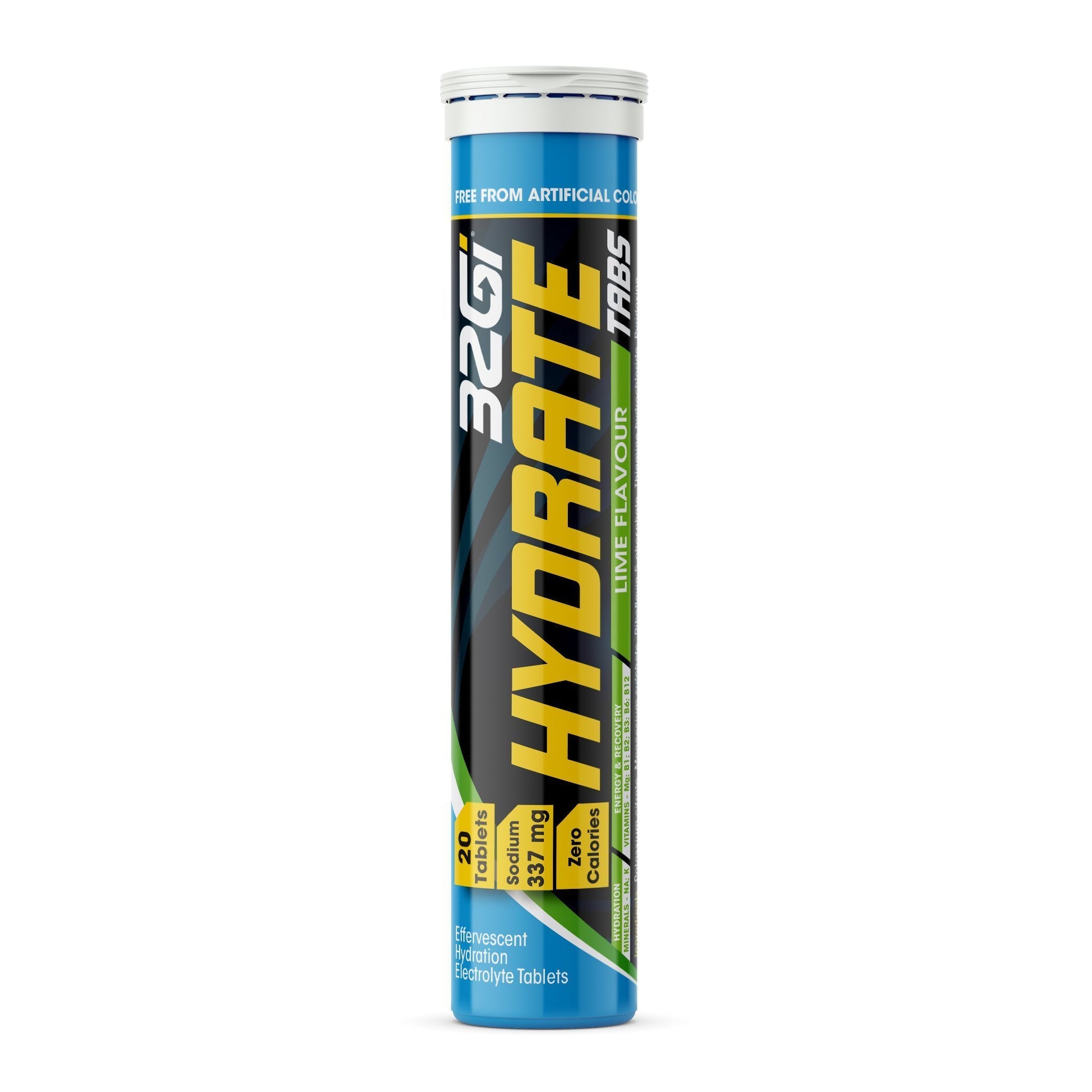
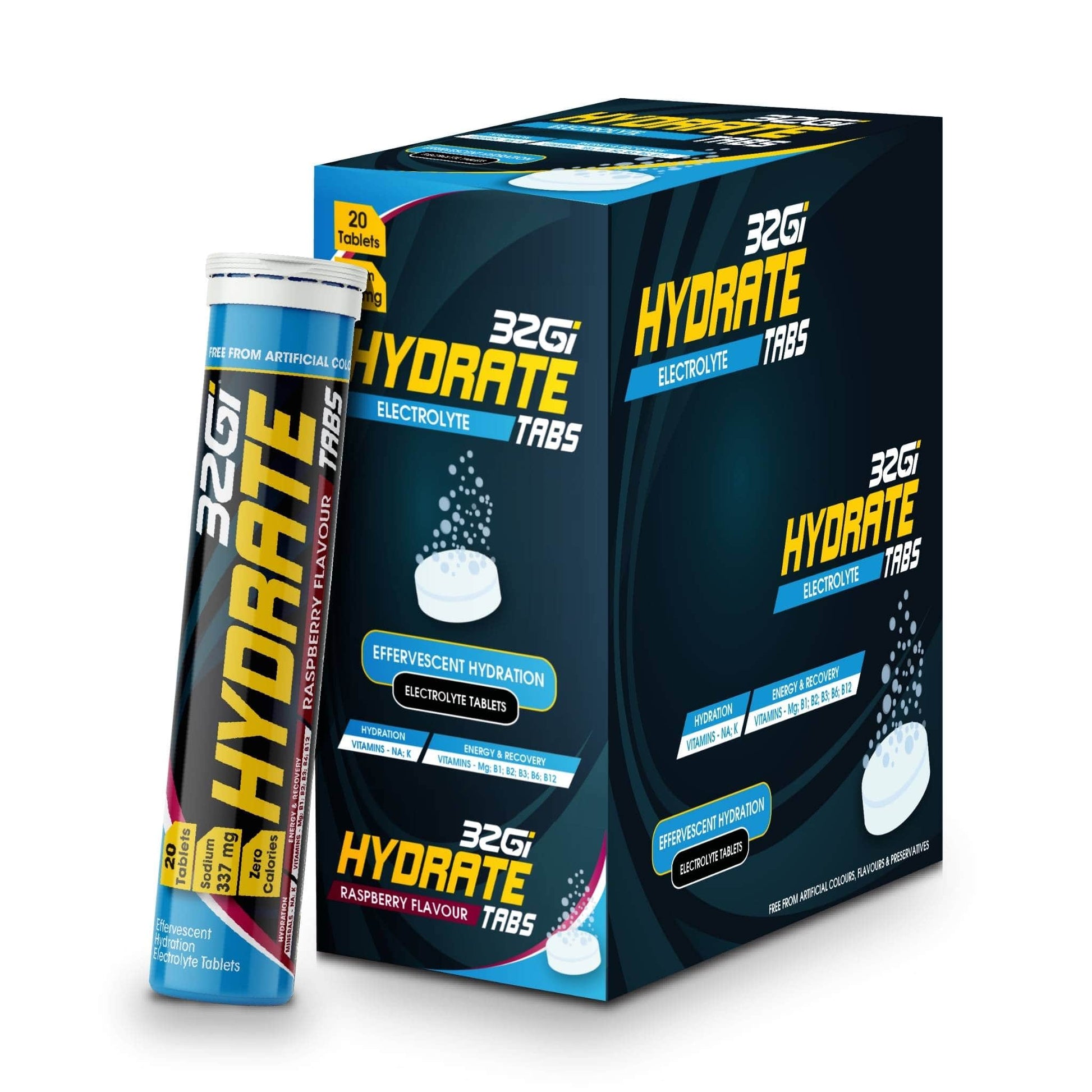
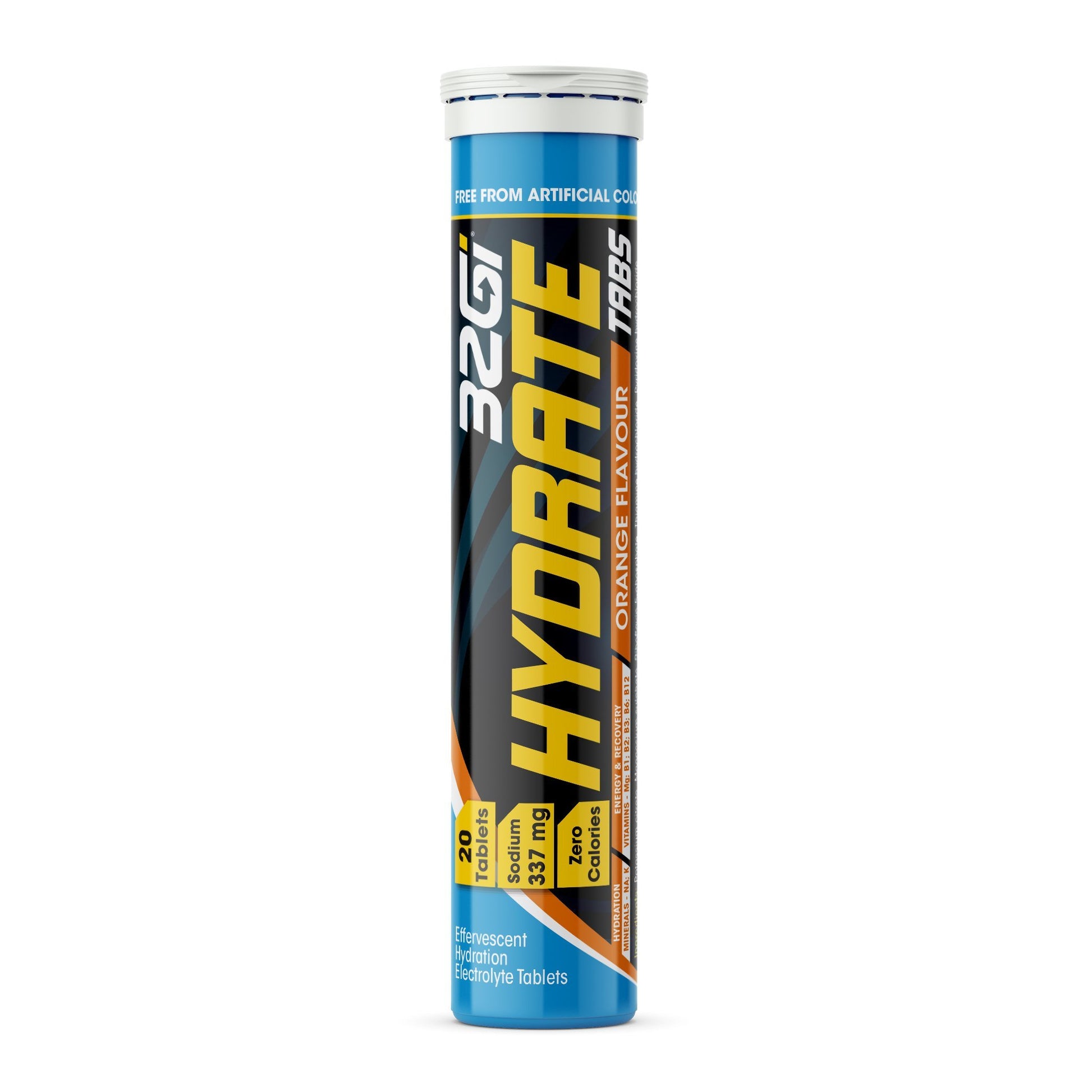
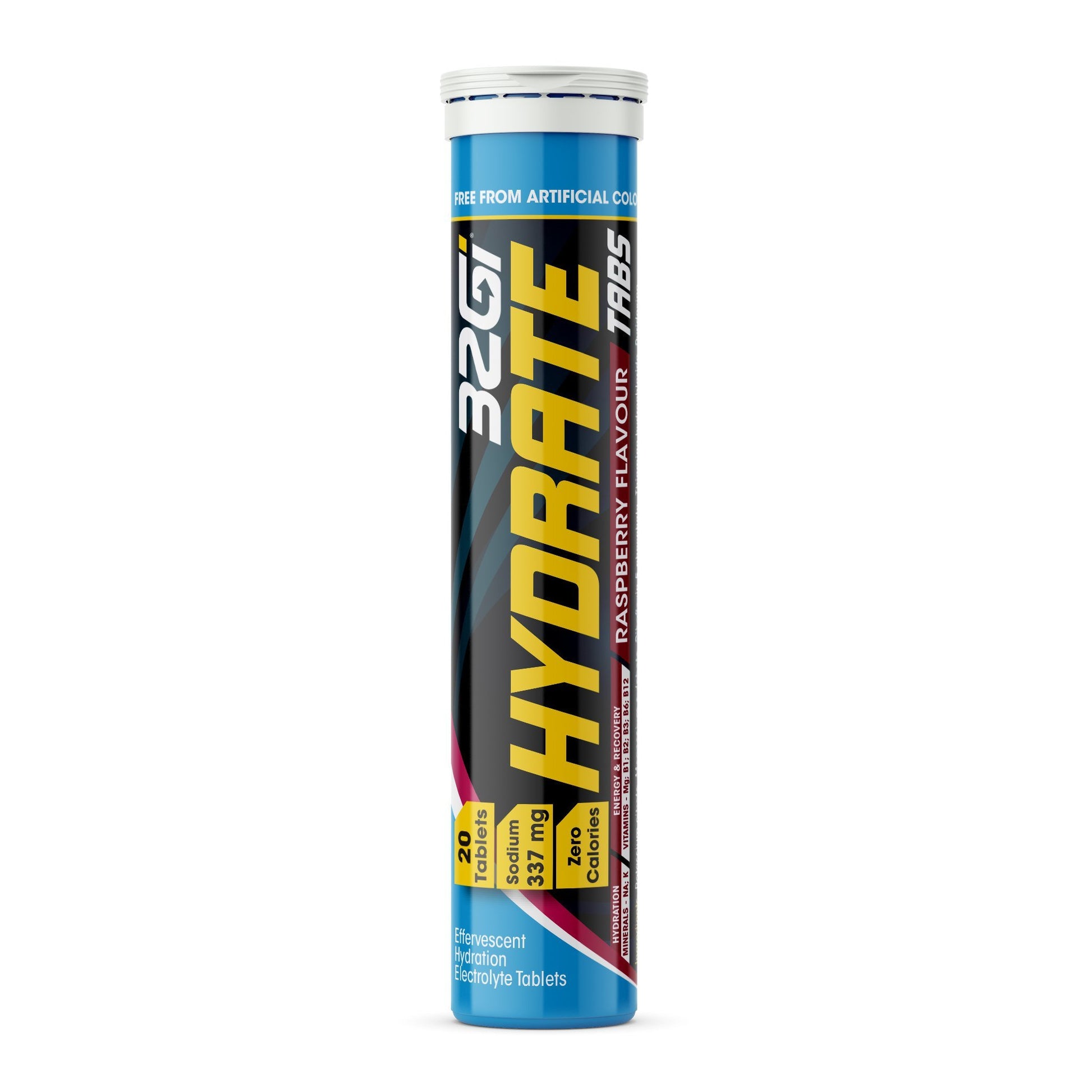
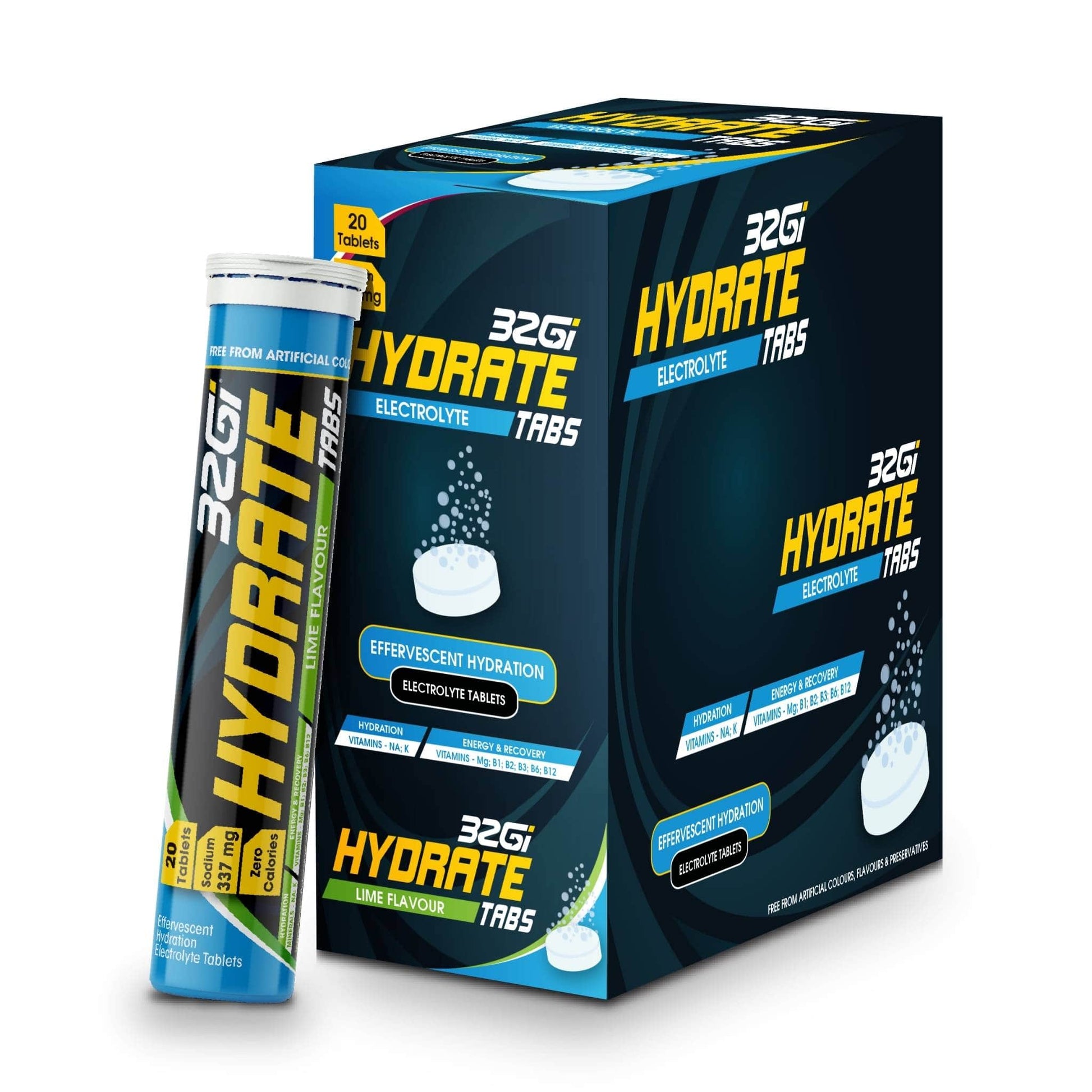

Hydrate - Electrolyte Hydration Sports Drink
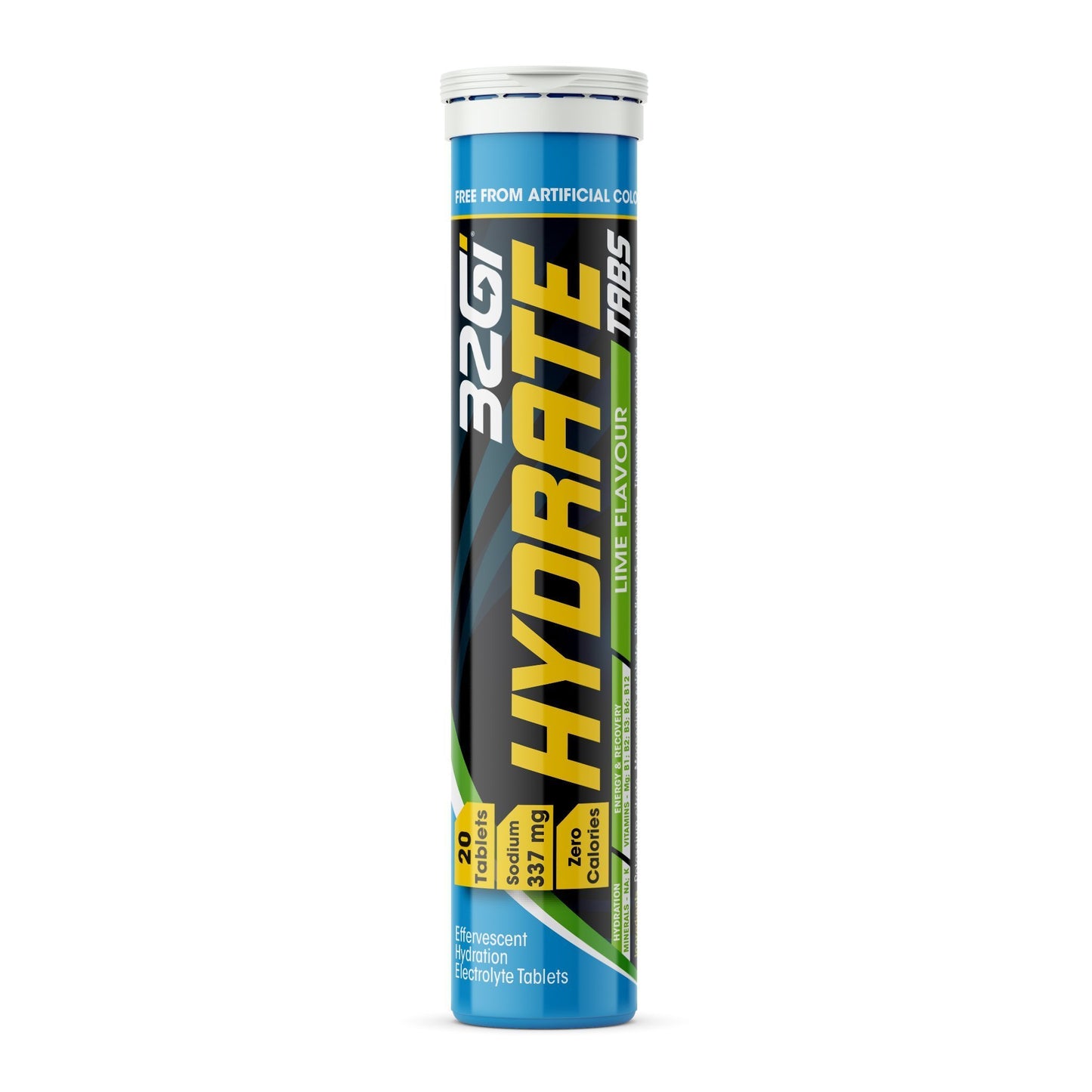
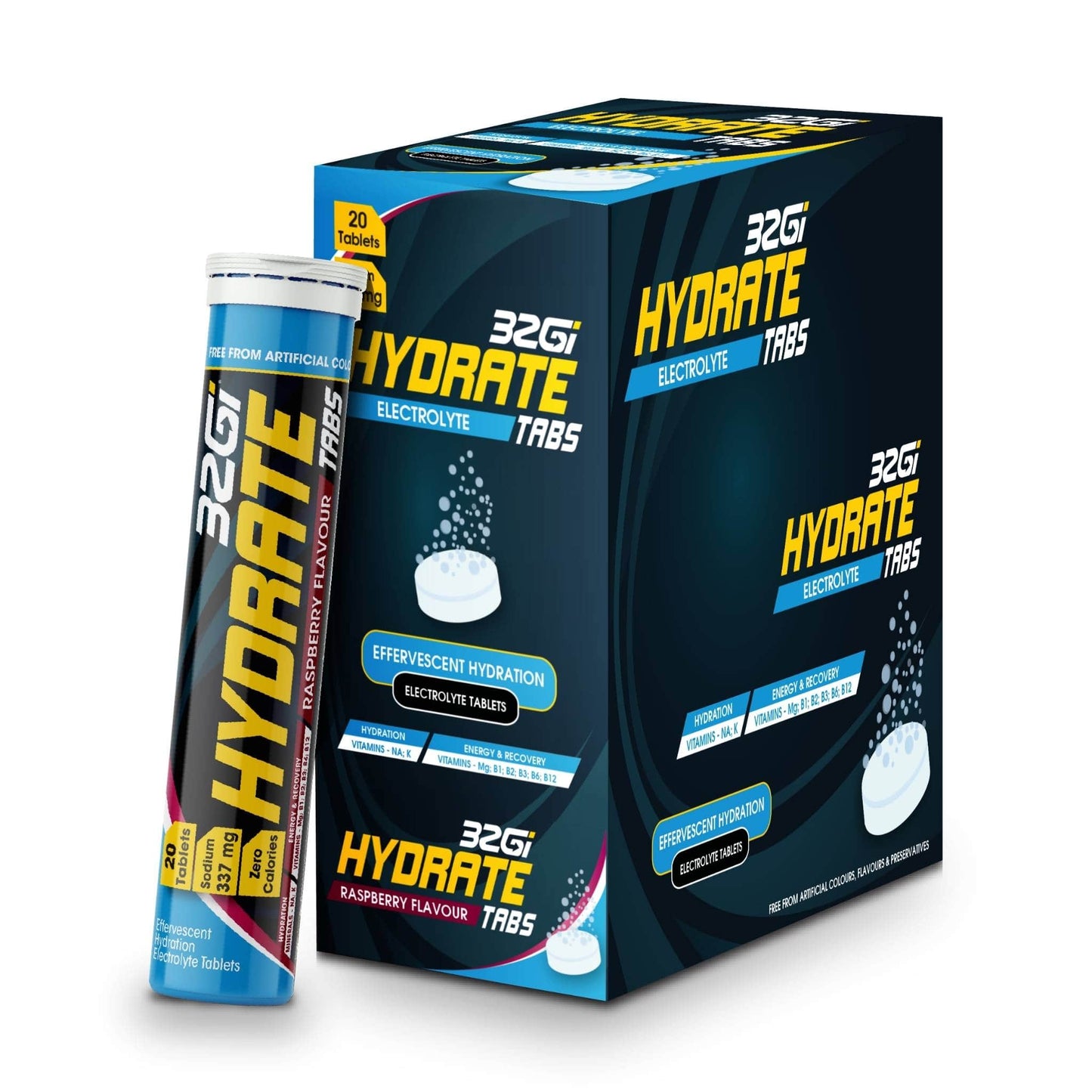
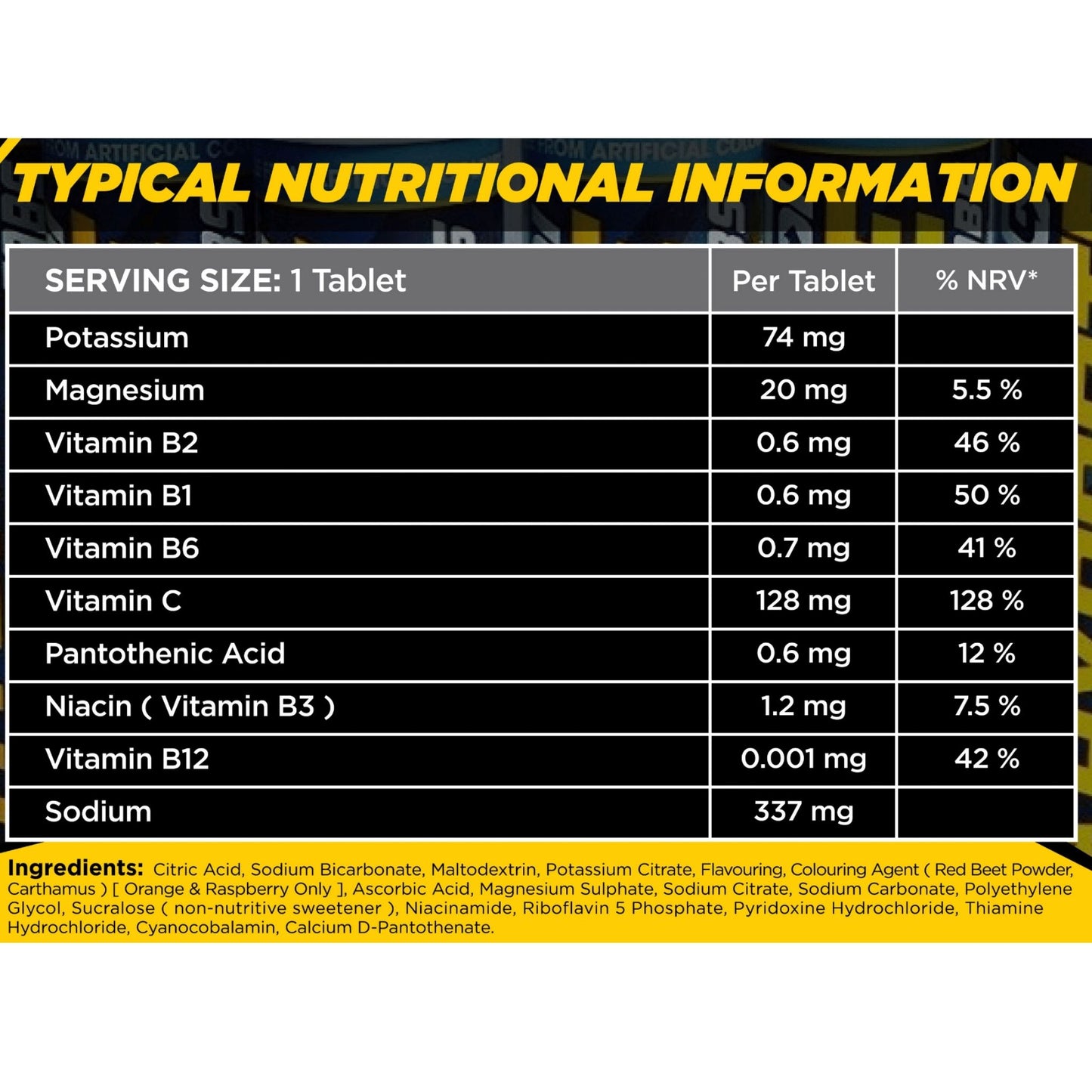
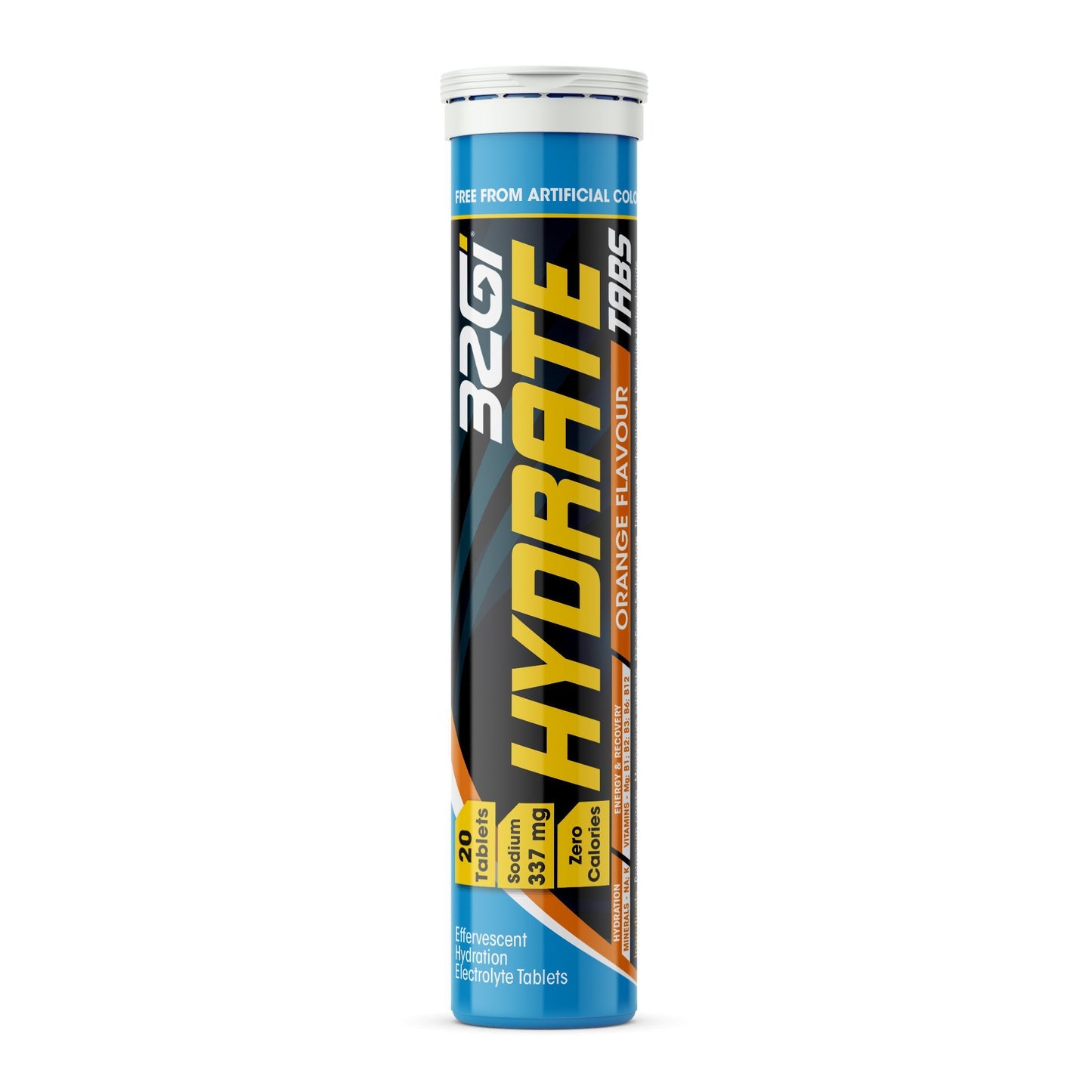
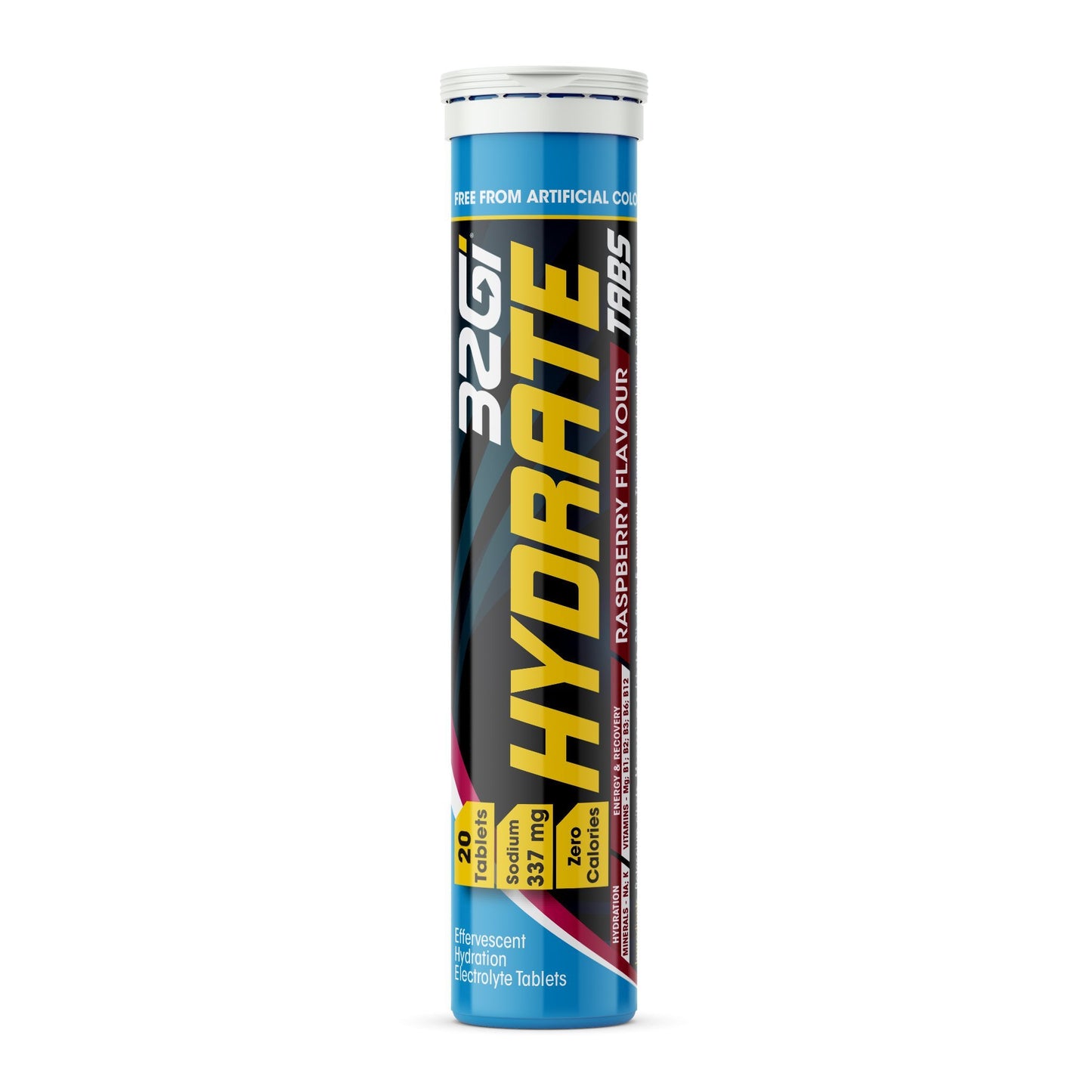
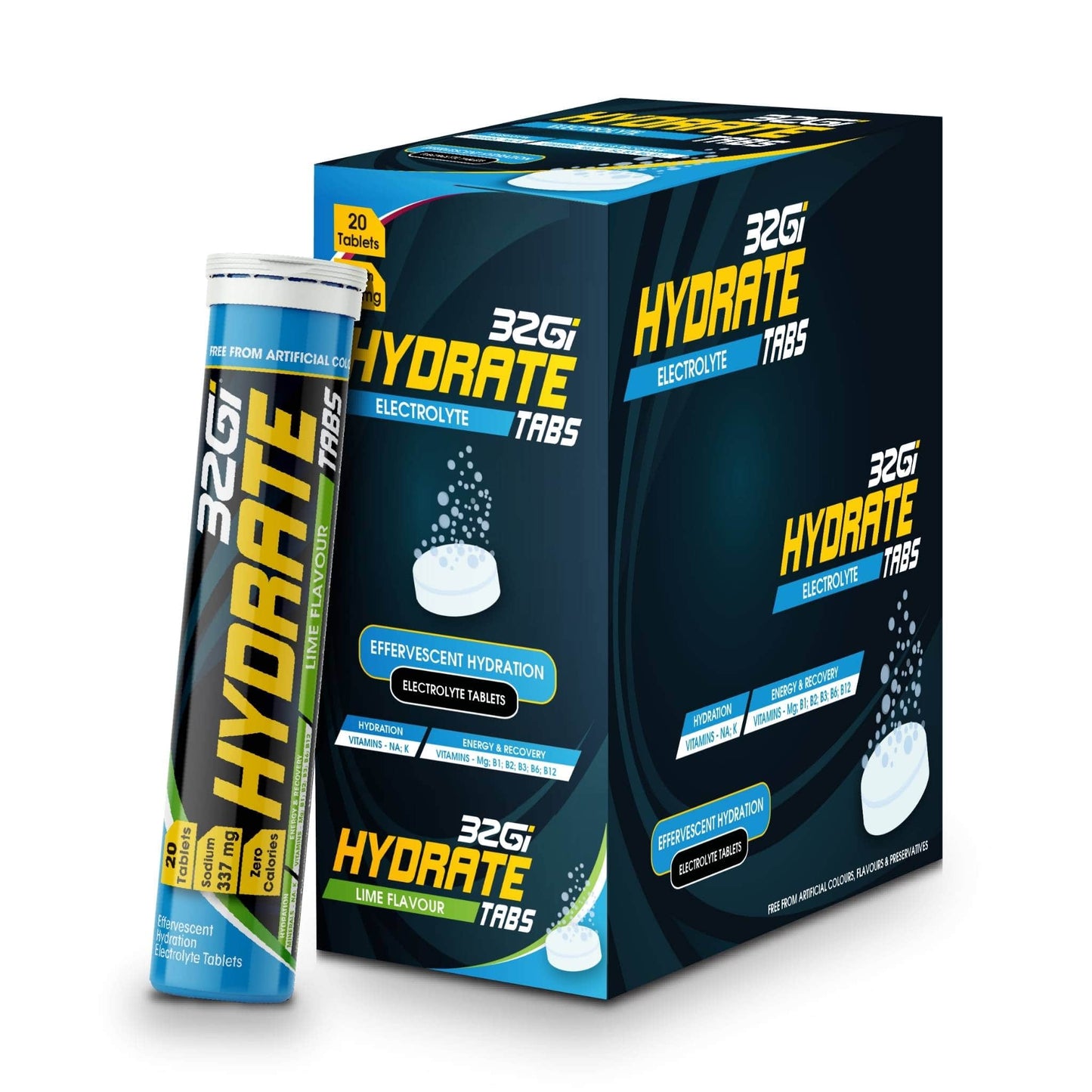
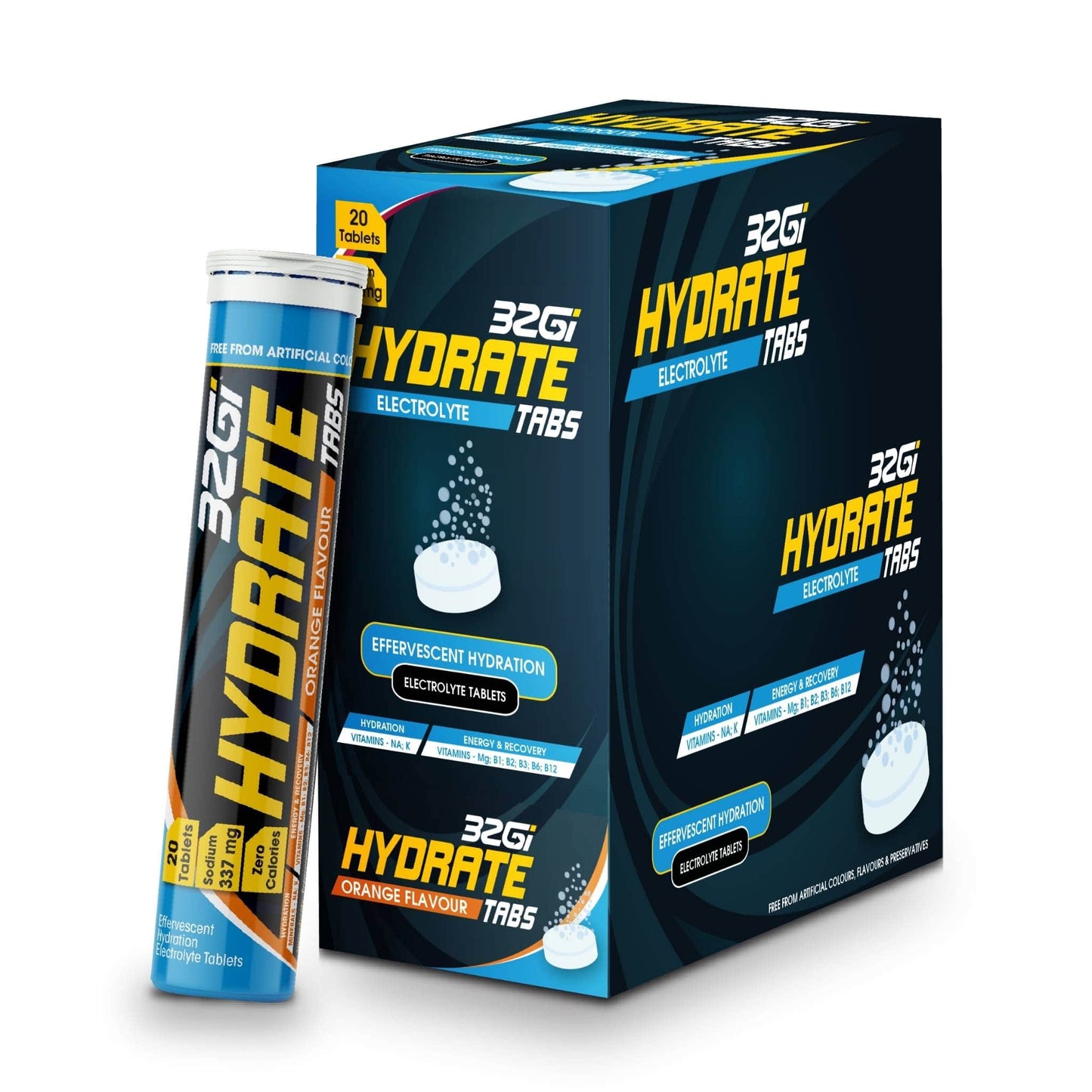
Maximise Fluid Absorption & Stay Properly Hydrated.
Cramp Assalt is a simple snap and consume gel, to be taken with water or your favourite 32Gi® Energy Drink. Light, small, easy to carry, they fit anywhere on the Run, Bike or even a Swim.
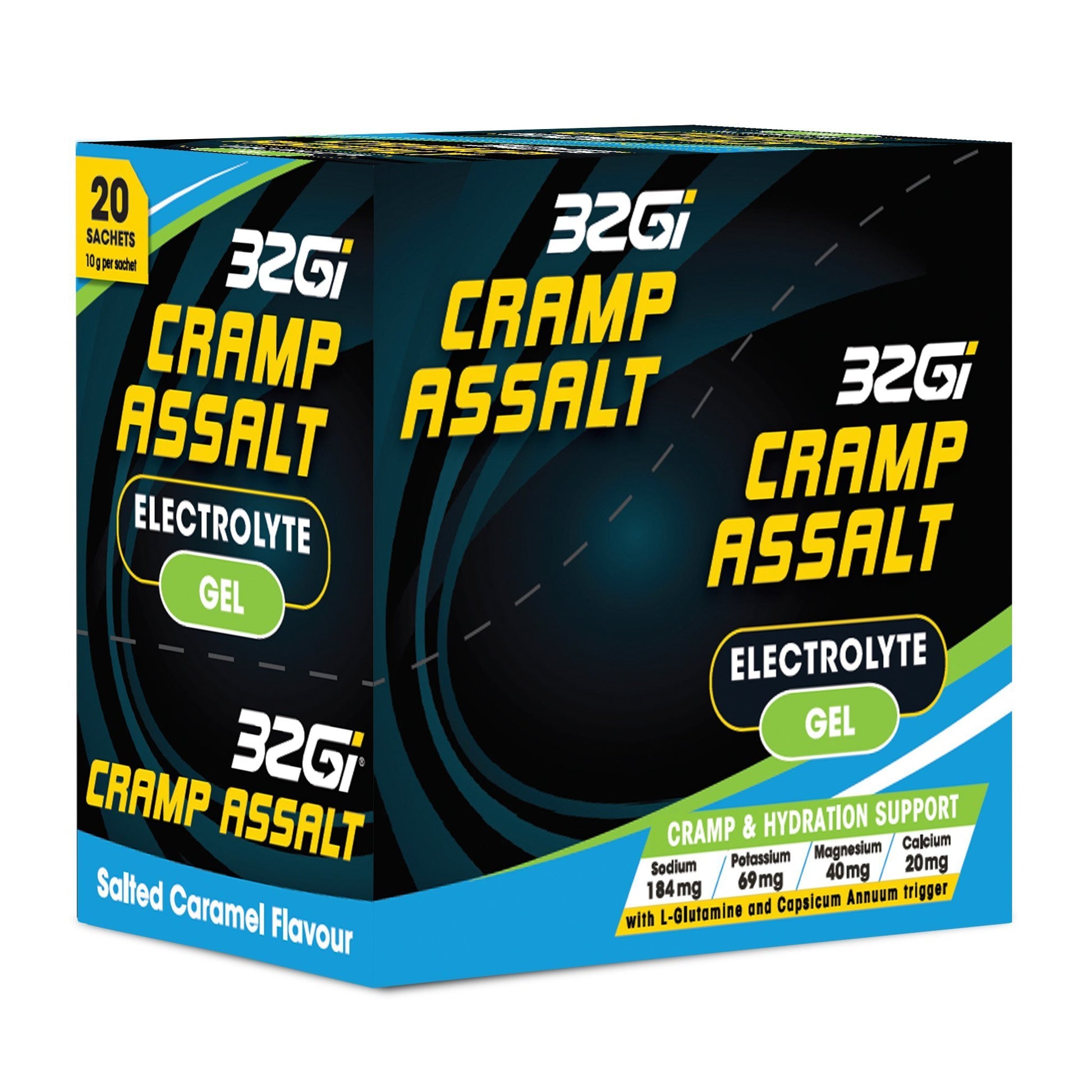
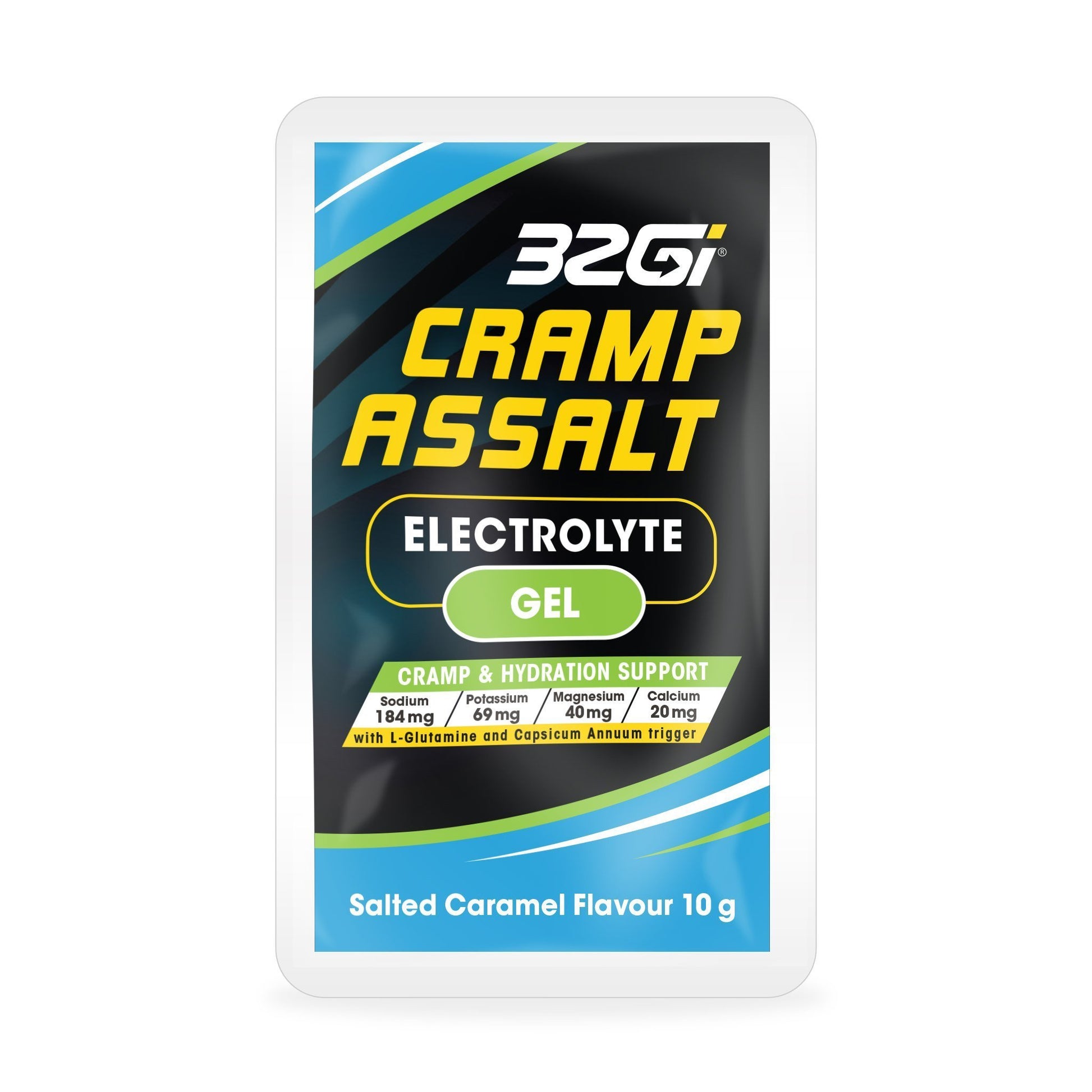


Cramp Assalt - Anti-Cramp & Electrolyte Gel
